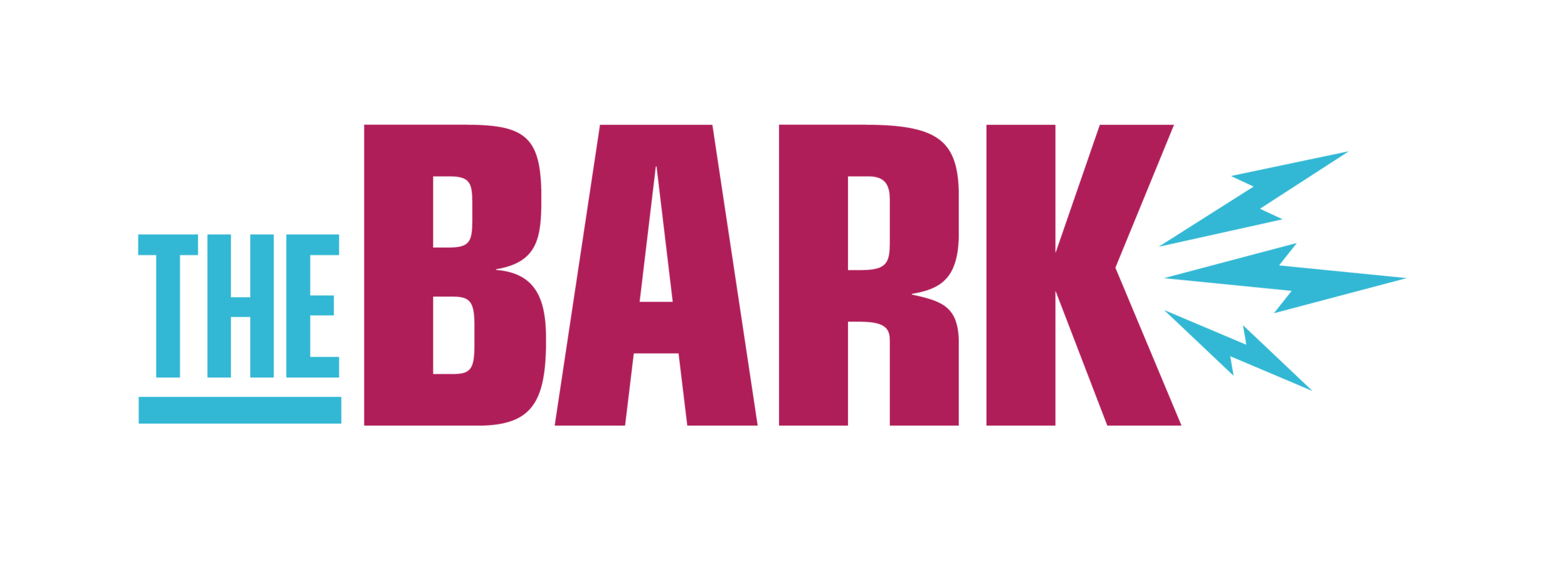Degradation of Minnesota's Waterways
When you think of Minnesota you think lakes, swimming and fishing right? Minnesota is known for an abundance of clean water bodies for recreation. Since there are so many options, most do not realize that about 40% of Minnesota’s surface waters does not meet basic health standards. Recent trends show an increase in pollution in Minnesota's waterways. Pollution comes from many point and non-point sources that are under-managed or difficult to manage. The increase in pollution shows that Minnesota cannot sustainably manage its water resources — we are failing to keep nature clean.
Non-point source pollution is pollution that has an untraceable origin and is harder to regulate. Agriculture fields and urban streets are often the greatest source of runoff. Harmful elements such as phosphorus, nitrates, nitrites and other nutrients runoff from these areas. Even common products such as lawn fertilizer, insecticide and car cleaners contribute to this pollution. Since these pollutants can not be directly measured from one source, there are limitations that individuals can use freely.
Point source pollution is pollution that can be tracked to a single source and is controlled by The Clean Water Act (CWA) and regional Minnesota standards. The CWA is enforced by the Environmental Protection Agency (EPA) and regulates discharge limits into navigable waterways. This requires discharge permits for entities such as industries, stormwater and concentrated animal feeding operations. Mining factories create tailings containing metal elements, stormwater carries chemicals and bacteria and animal operations release excess nutrients.
The most severe cases of pollution are found in southern Minnesota. This is mostly due to the larger urban areas, such as the Twin Cities, and concentrated agriculture — a prime example is the Minnesota River. There are high amounts of nutrients, sediment and bacteria from anthropogenic pollution in the river and it’s considered unsafe to swim in. While pollutants usually get diluted in rivers more quickly than lakes, concentrated pollution can still cause dangerous water quality.
The Minnesota River from Minneapolis. Photo by. Gabriel Vanslette. Taken from Wikimedia Commons.
Further urban and agricultural development will continue to increase water pollution so we need to preserve land, especially around rivers and lakes. Largely what we do individually will impact water quality such as who we support with our money and control what household products we use. Owners of land around waterways also have the power to control water quality for the masses. We do not own water bodies but what we do affects them and other natural resources.
There is still hope to restore our natural water resources. In recent years, Minnesota has changed its water quality standards. The House Agriculture Finance and Policy Committee has proposed a bill that will ban the use of non-agricultural plastic-coated pesticides and fertilizers on Jan. 1, 2024 — agricultural plastic-coated pesticides and fertilizers are set to be banned a year later in 2025. However, this bill has not passed yet. The house and the senate still need to vote. The complete banning of these products is difficult since they are heavily manufactured and relied on. We need to assess the products we use and understand how they enter our waterways. The disconnect between government regulations and individual action is a major cause of concern. We need to be aware of how we are polluting waterways because we drive change.
With easy access to clean water bodies, we do not realize how lucky we are or how much degradation has occurred. Currently, it is almost unimaginable to have unclean water, but it is very possible. Every individual needs to be conscious of our natural water resource management to keep swimmable and fishable waters clean.

